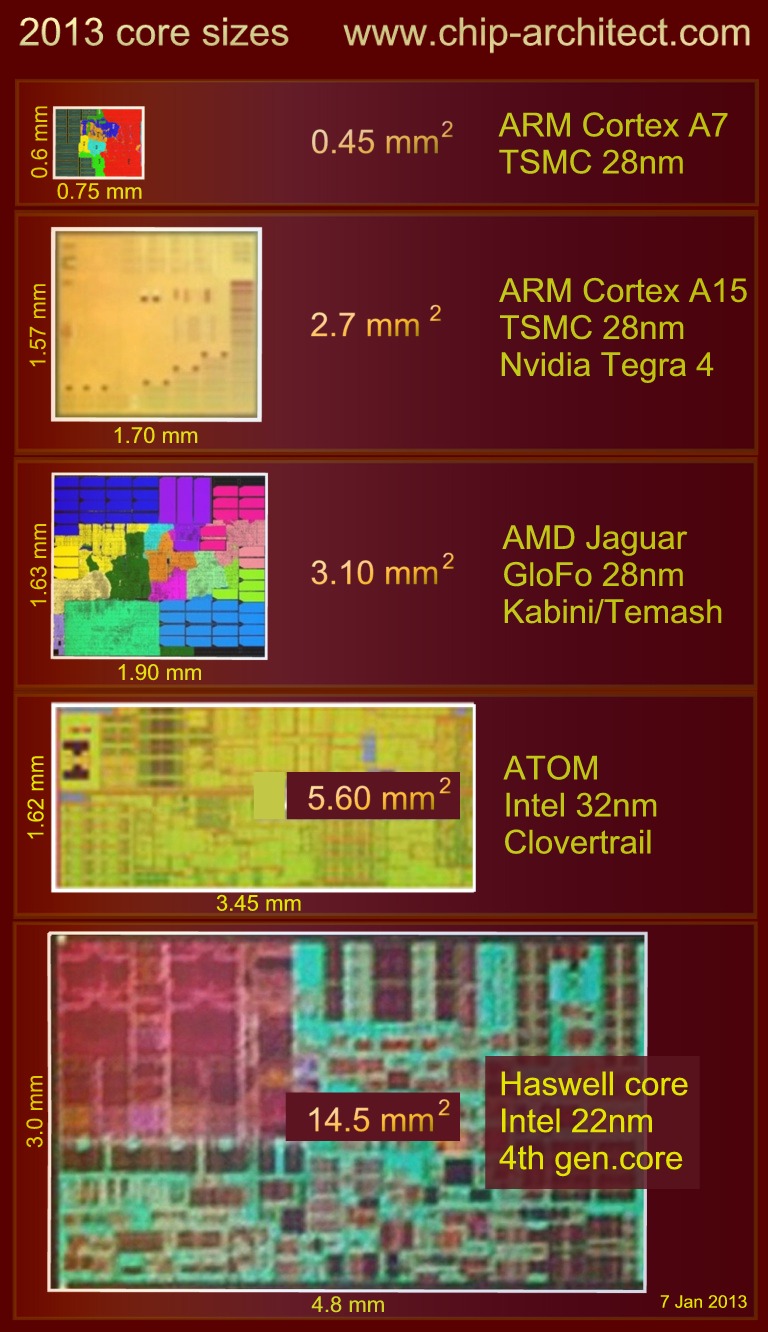NTMBK
Lifer
- Nov 14, 2011
- 10,421
- 5,715
- 136
Why did they integrate the memory controller with their CPUs ahead of Intel but seem to drag their feet pulling the GPU and chipset features into the CPU?
On this point- AMD did have plans to improve integration, but they got scrapped. http://www.xbitlabs.com/news/cpu/di...r_Corona_Platform_in_Favour_of_New_Chips.html I suspect that this was the beginning of the end for the Bulldozer family- they had already realised that BD was going to be a failure in servers, and were trying to cut their costs by scrapping the new platform and putting resources into other projects.






